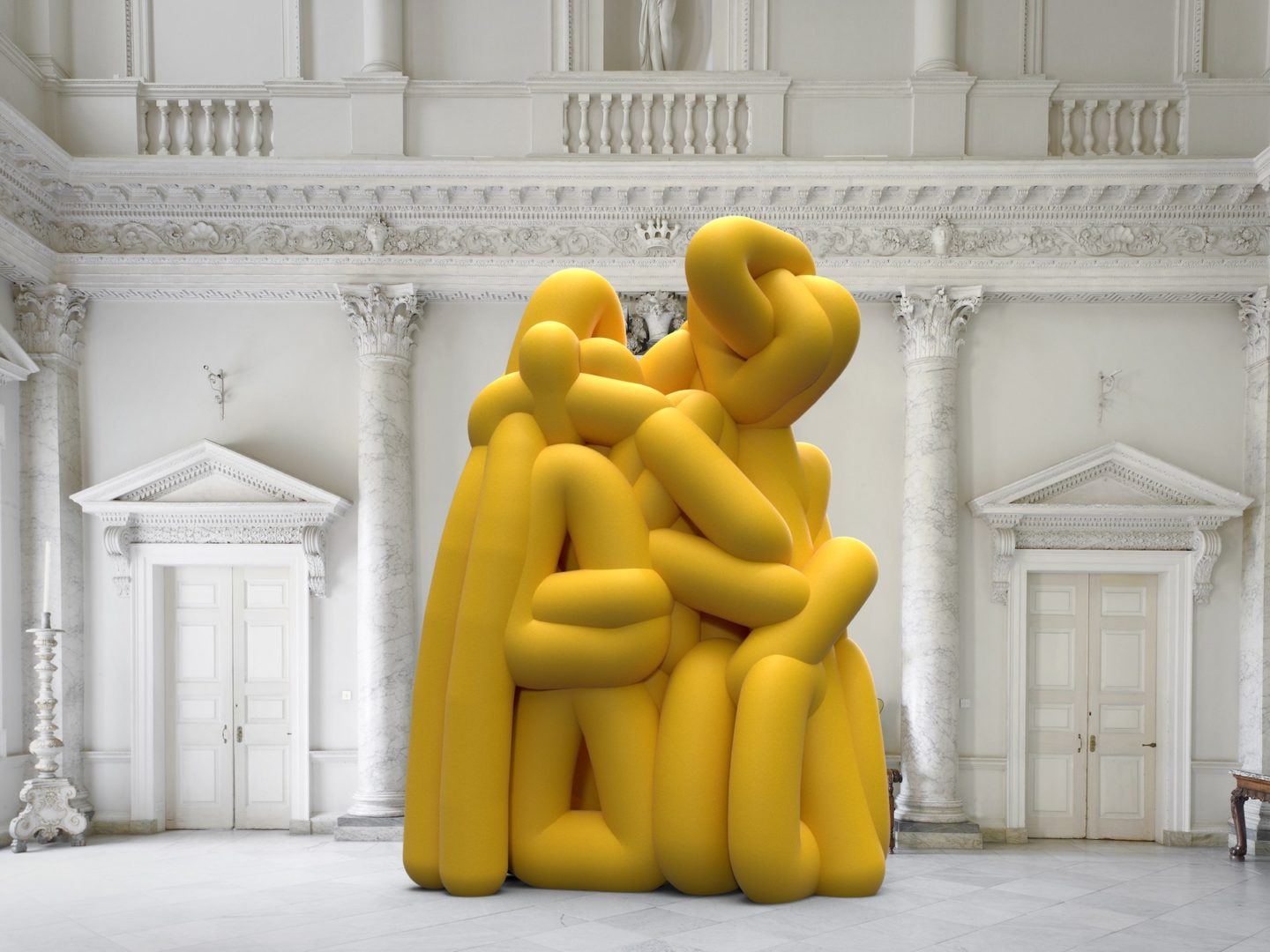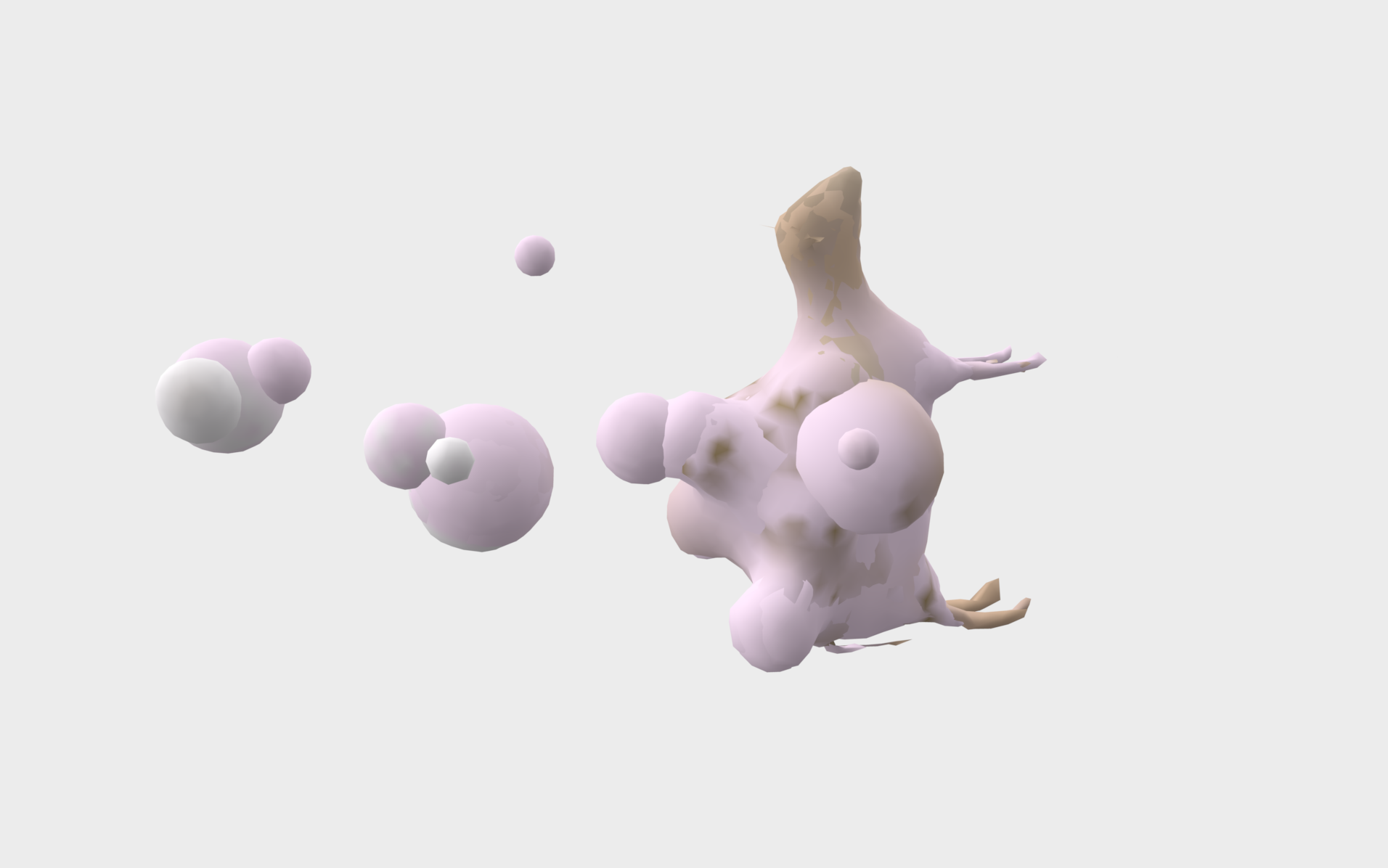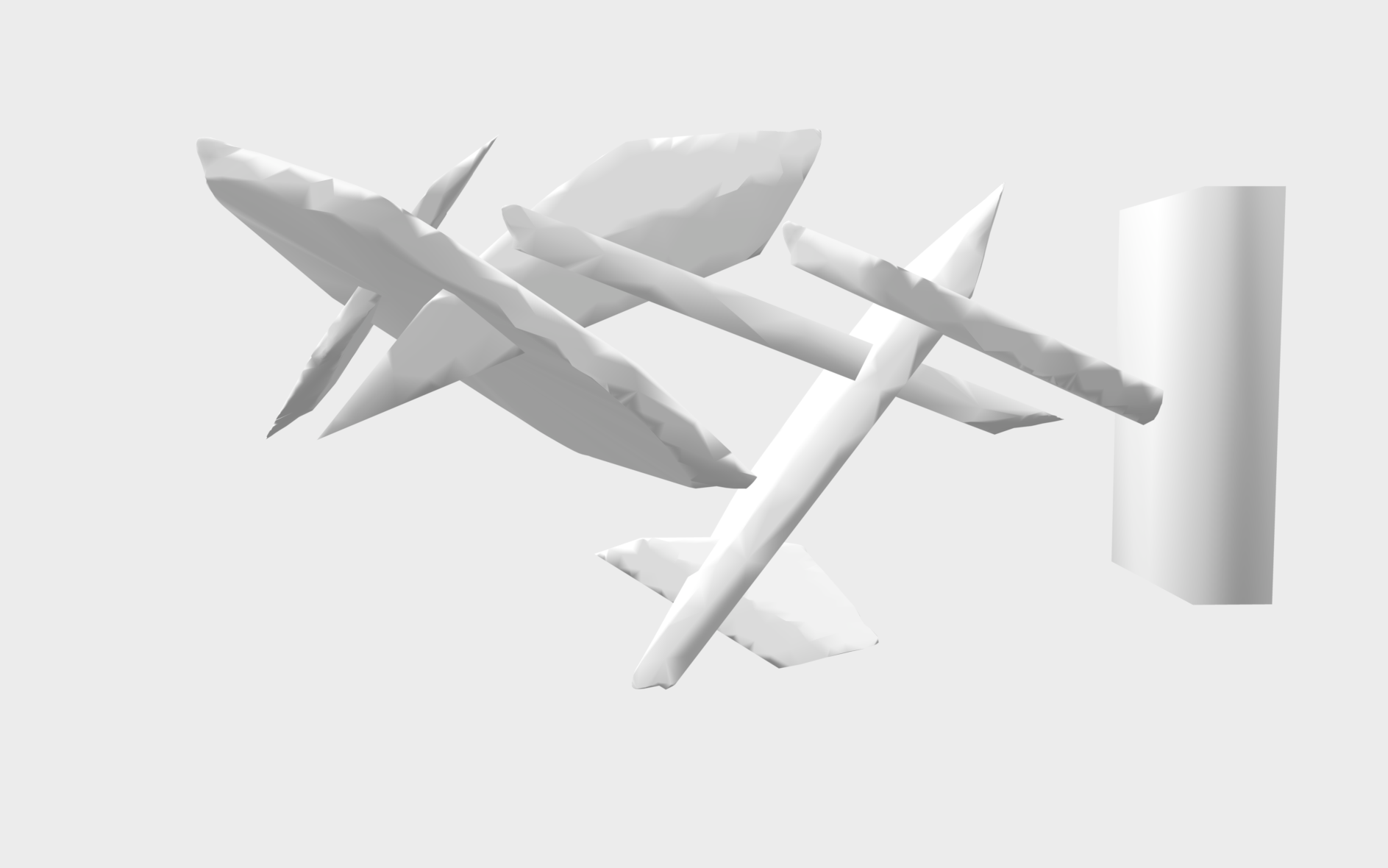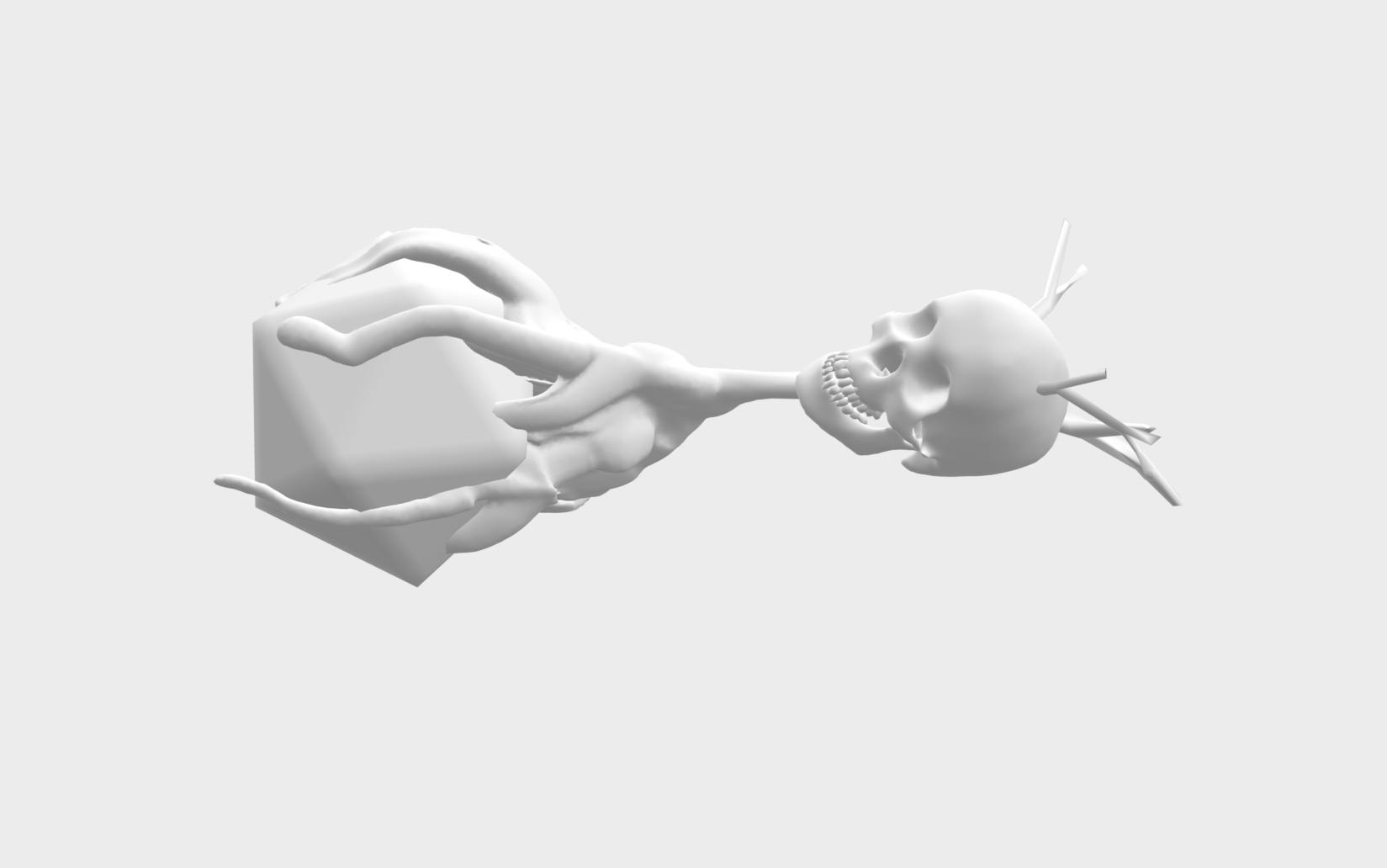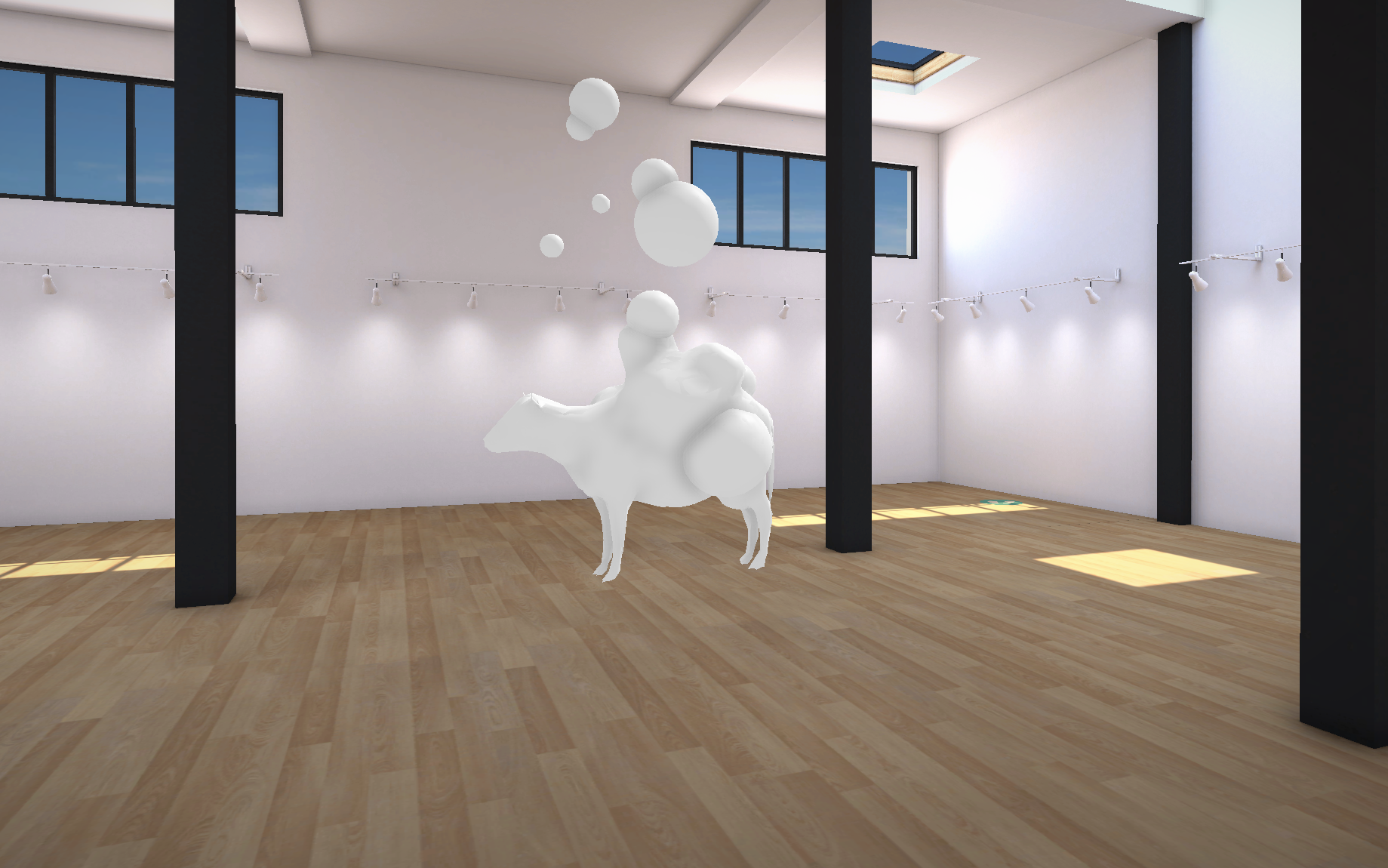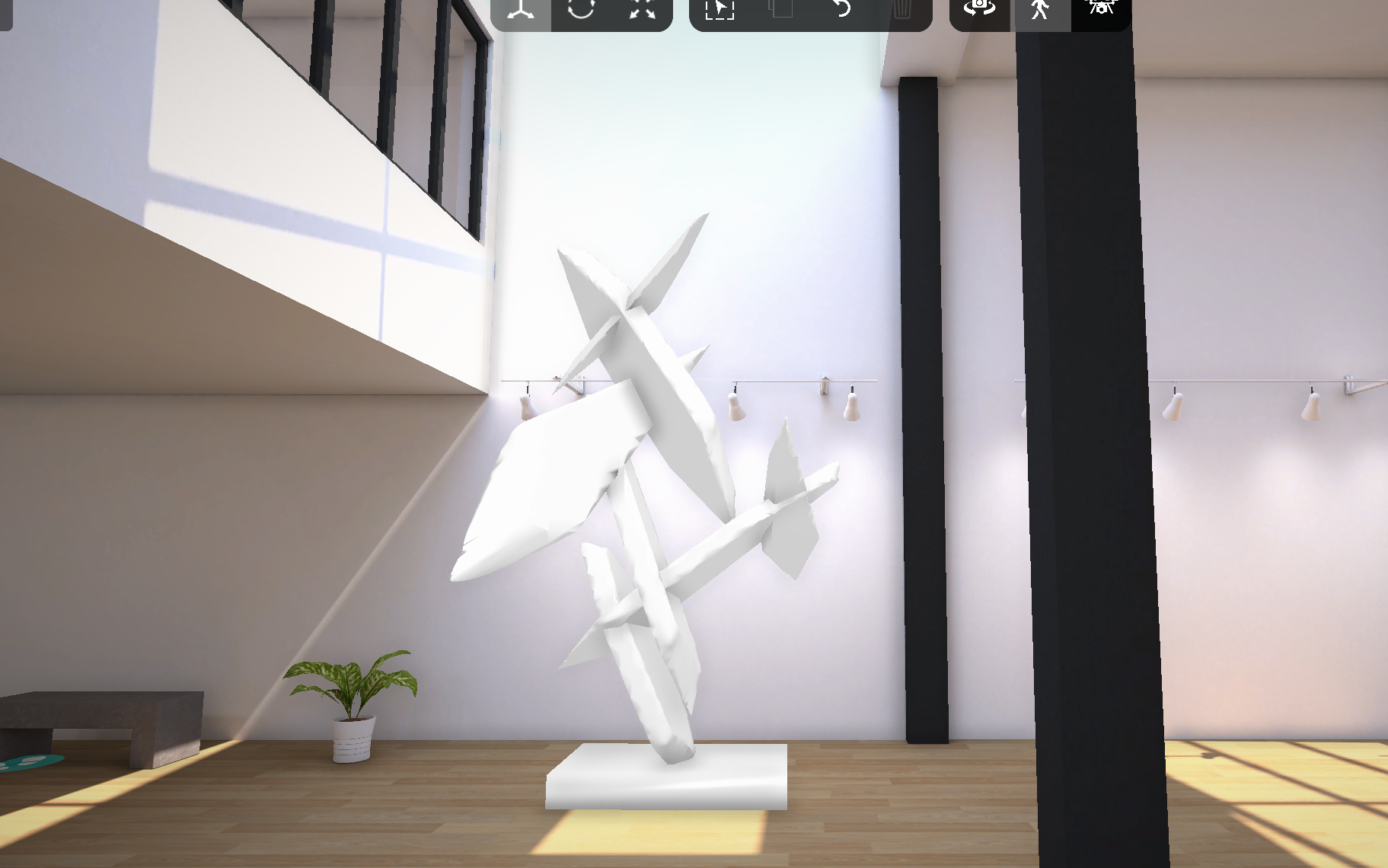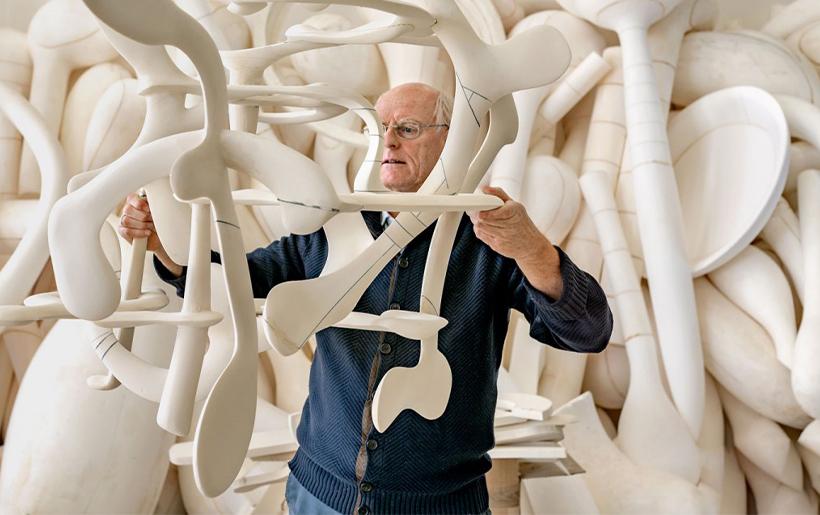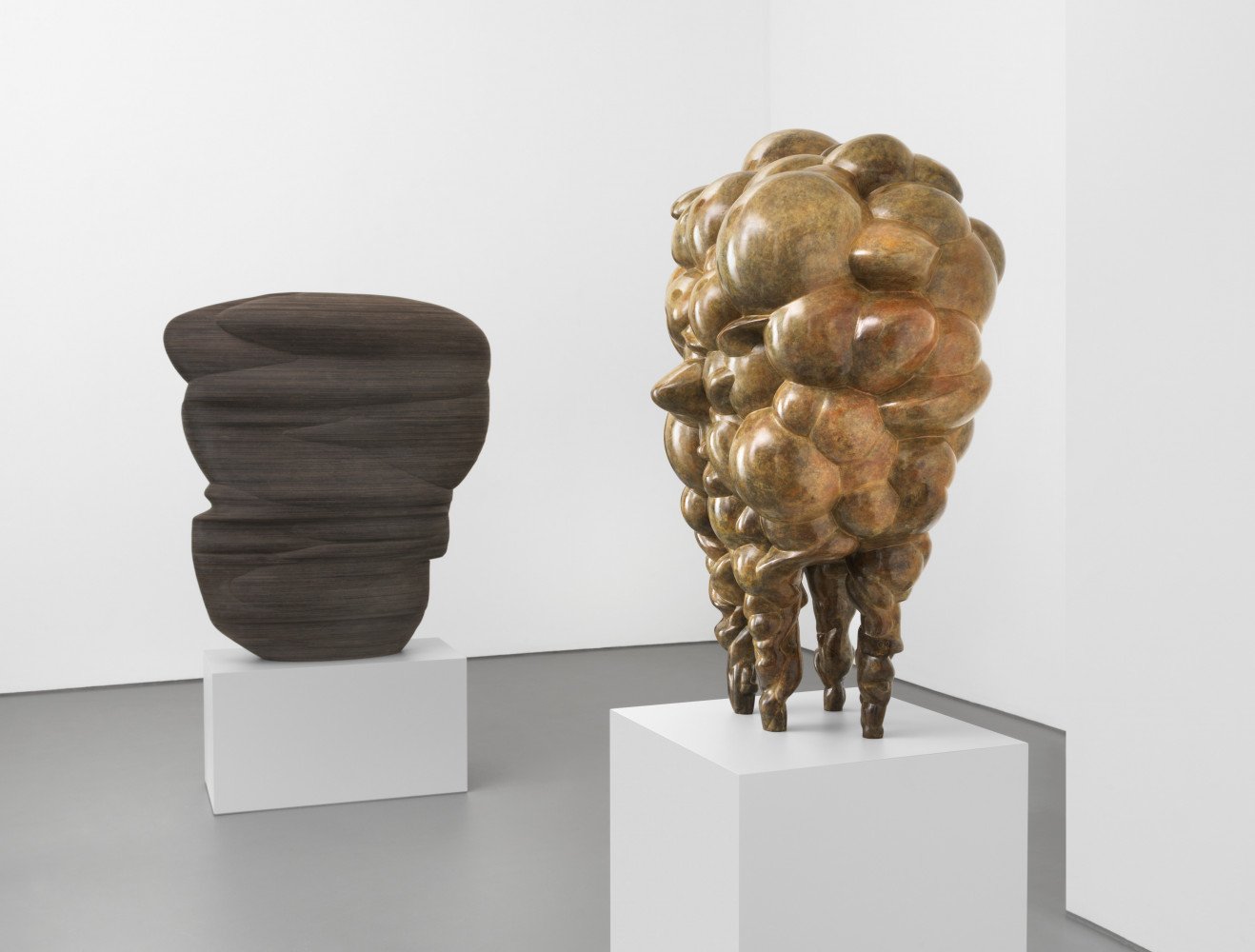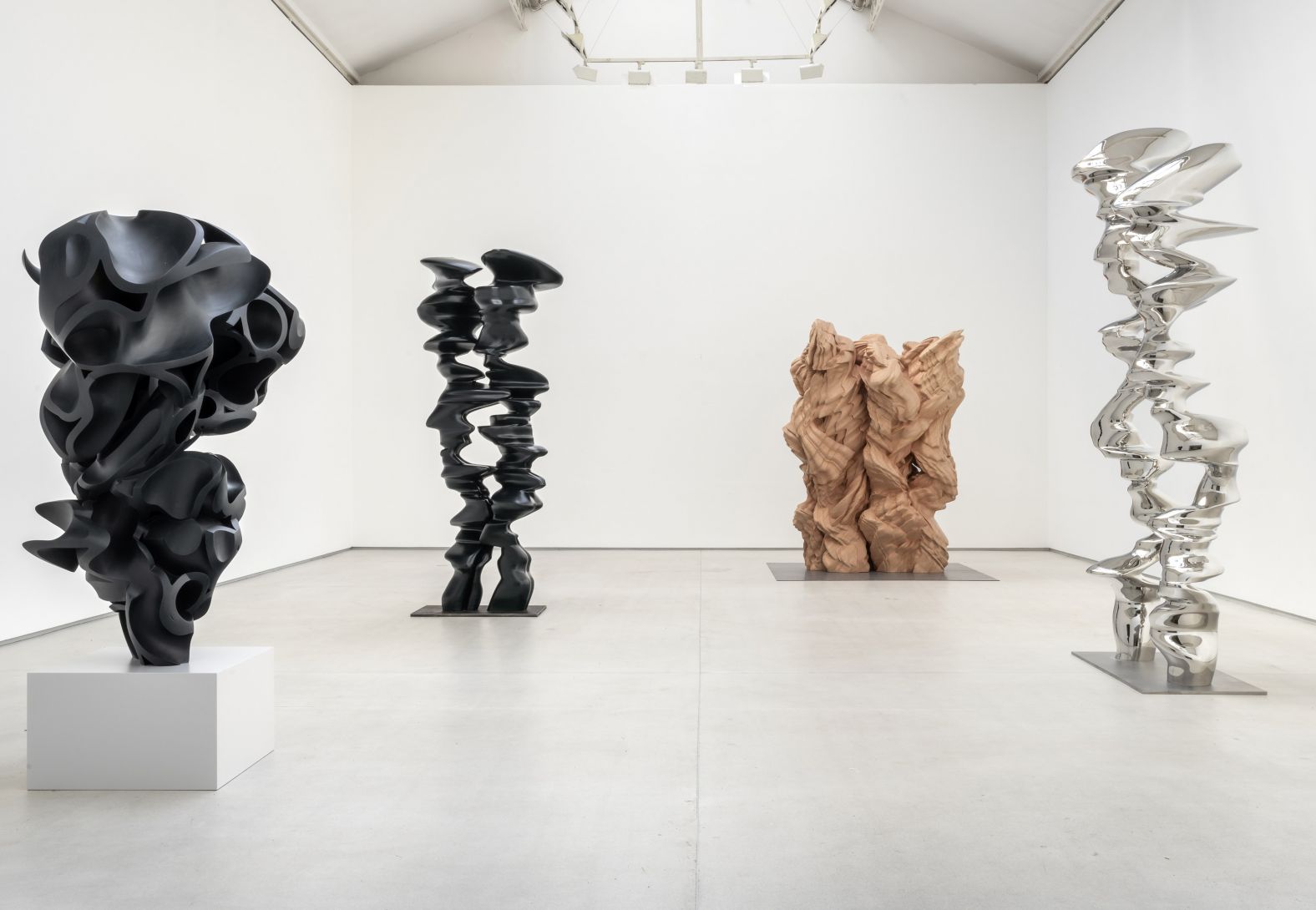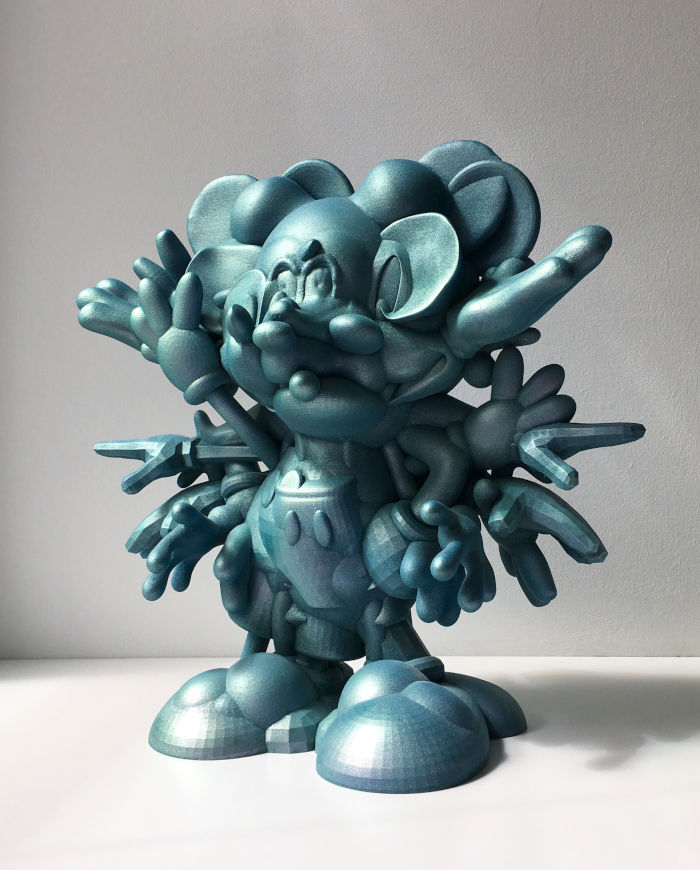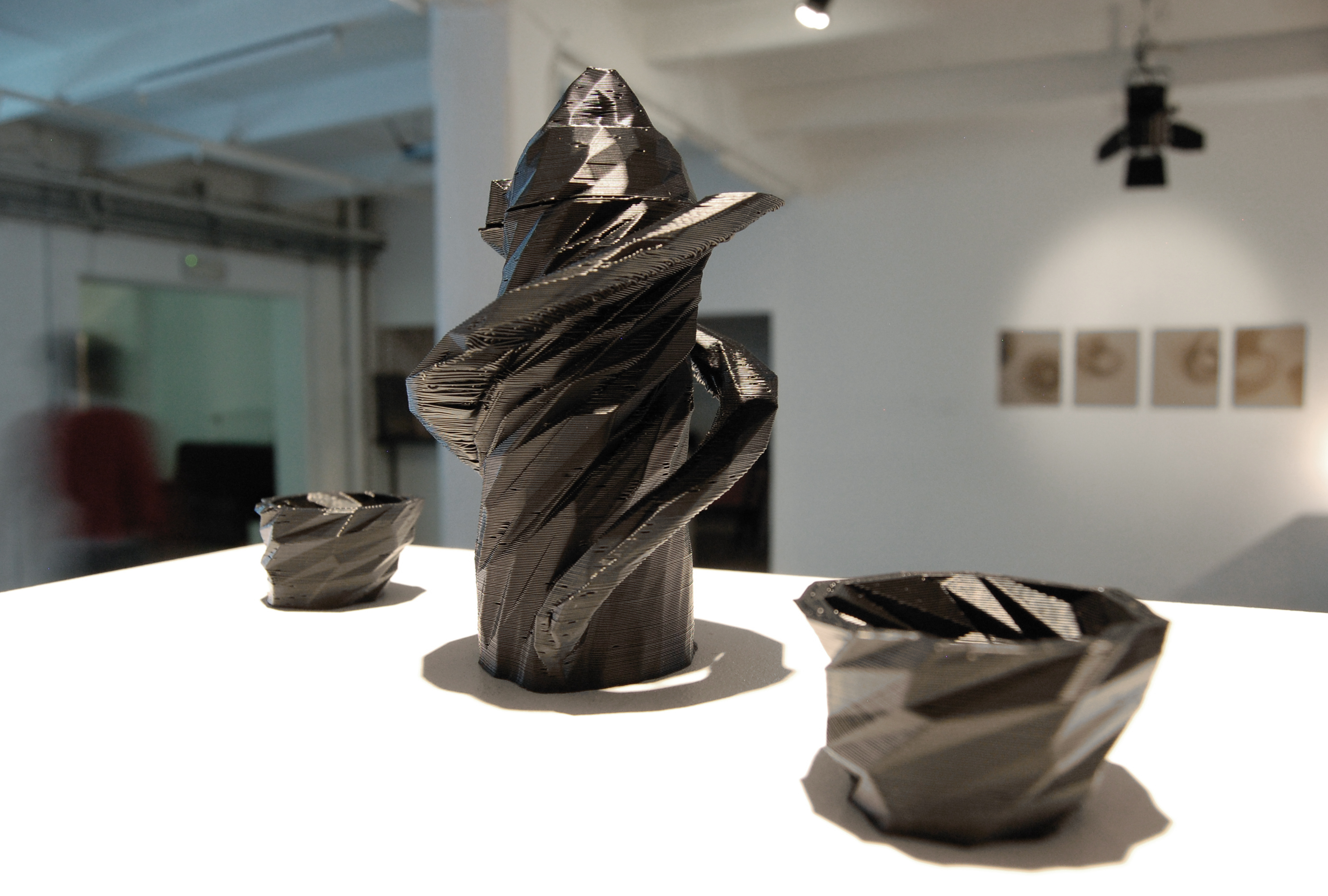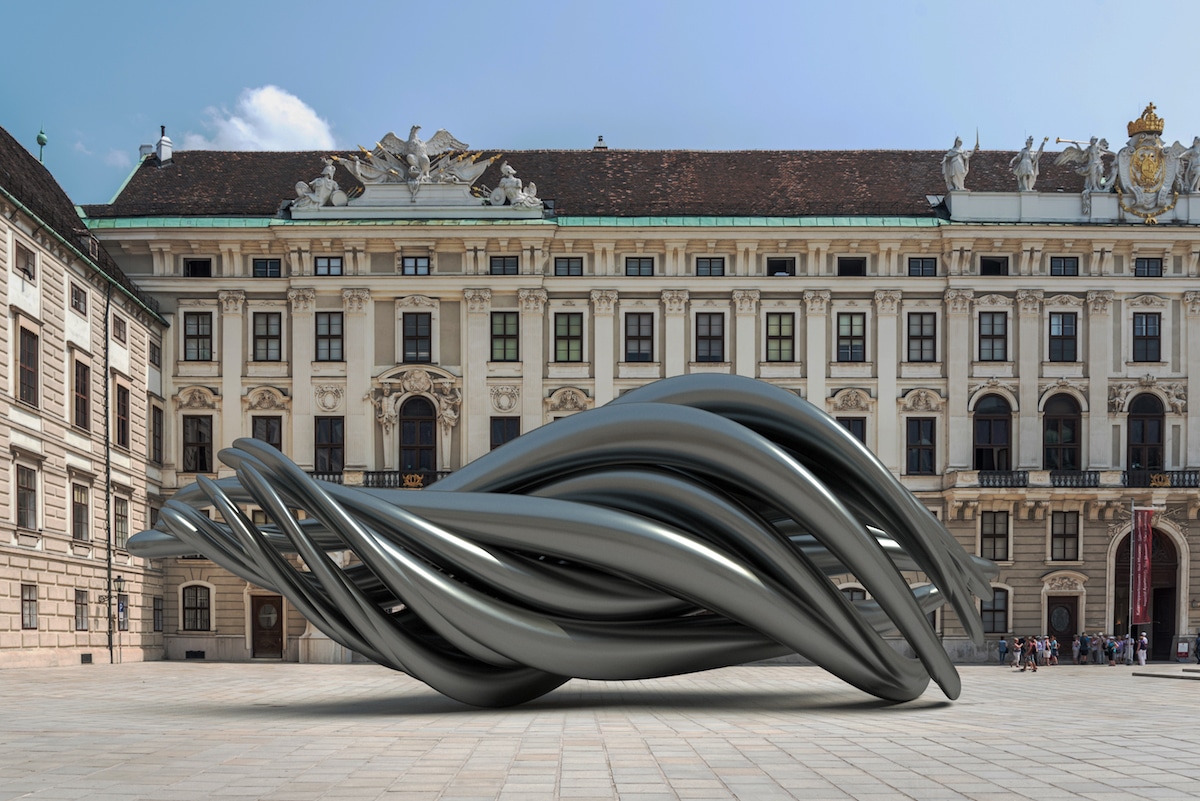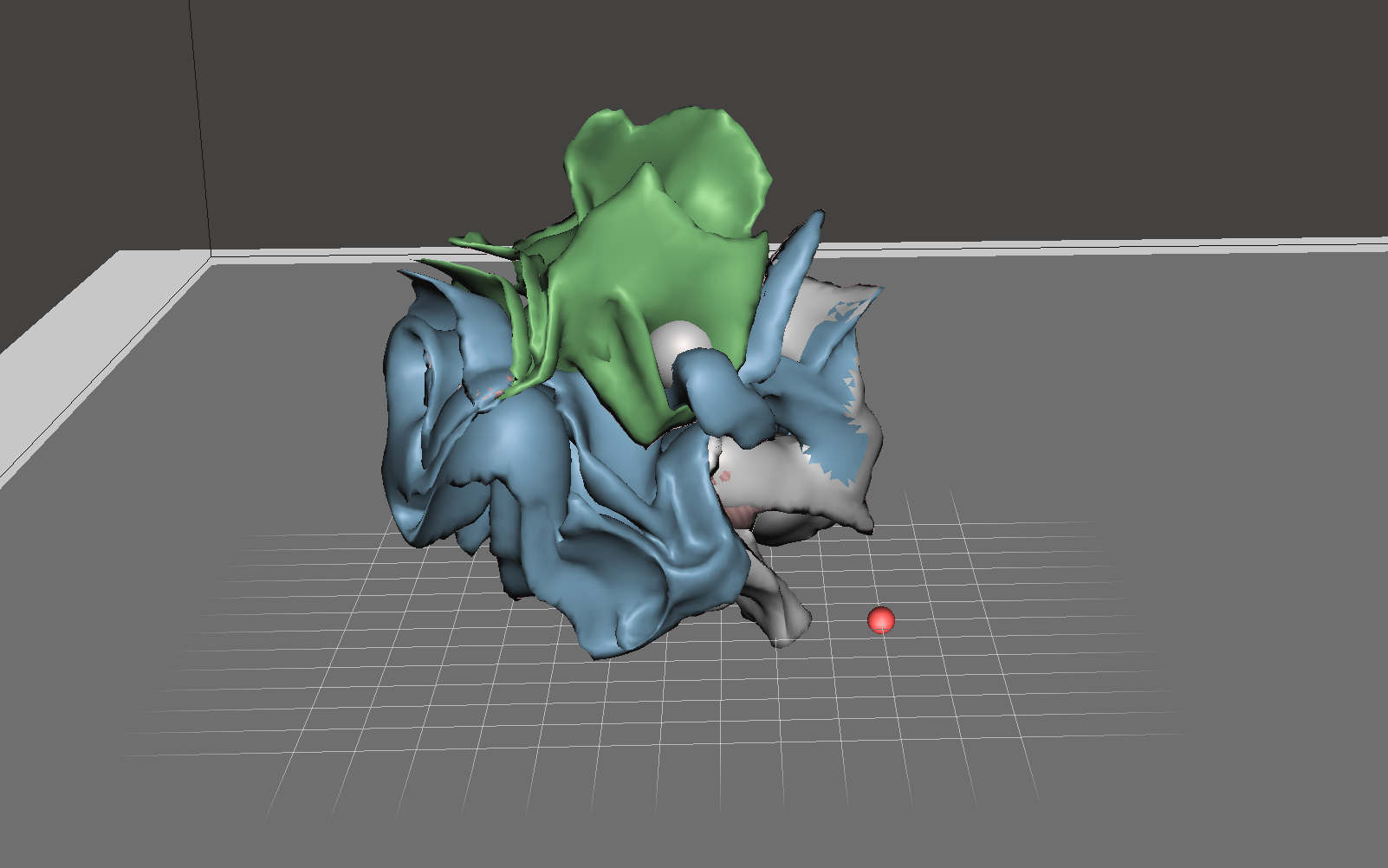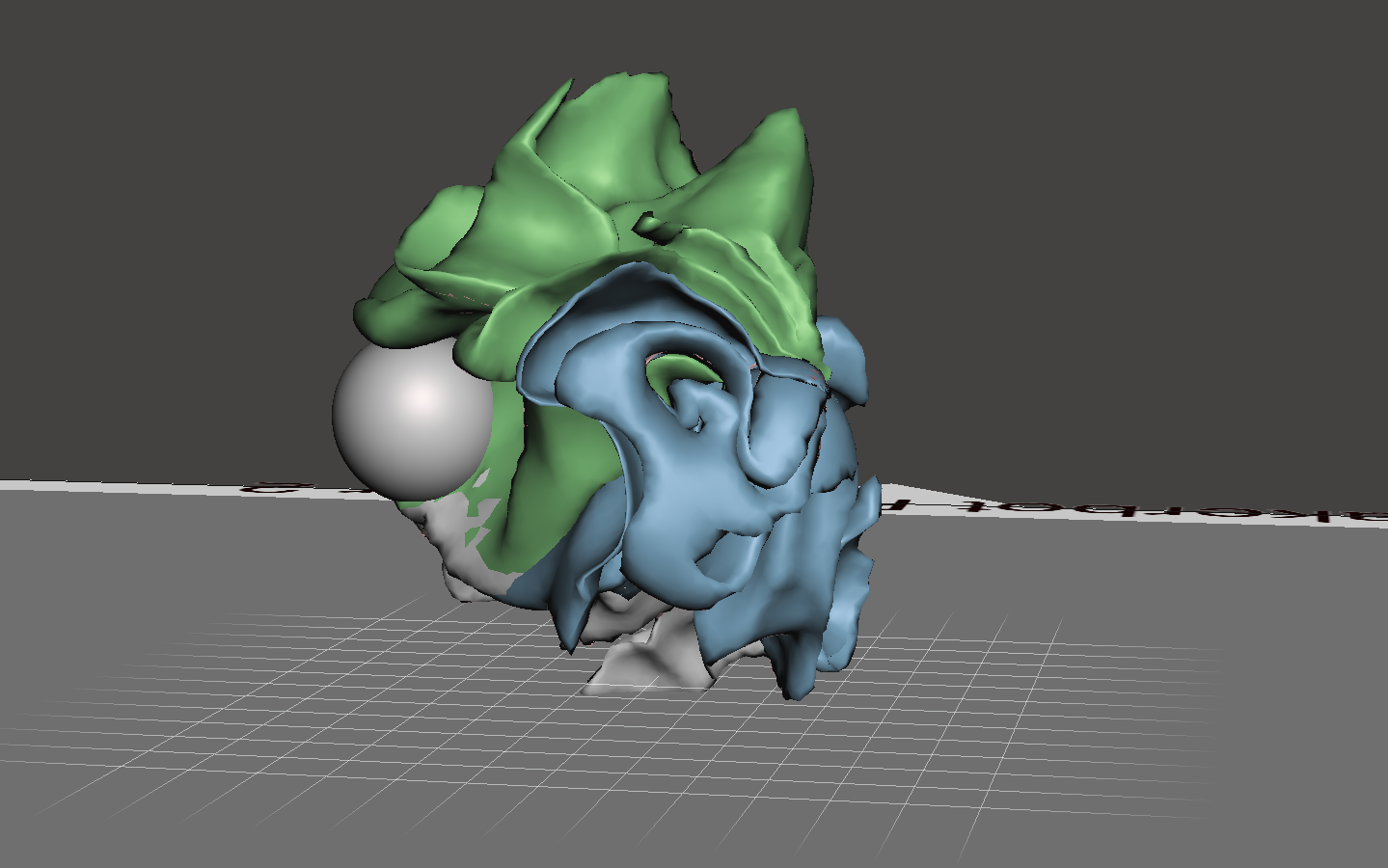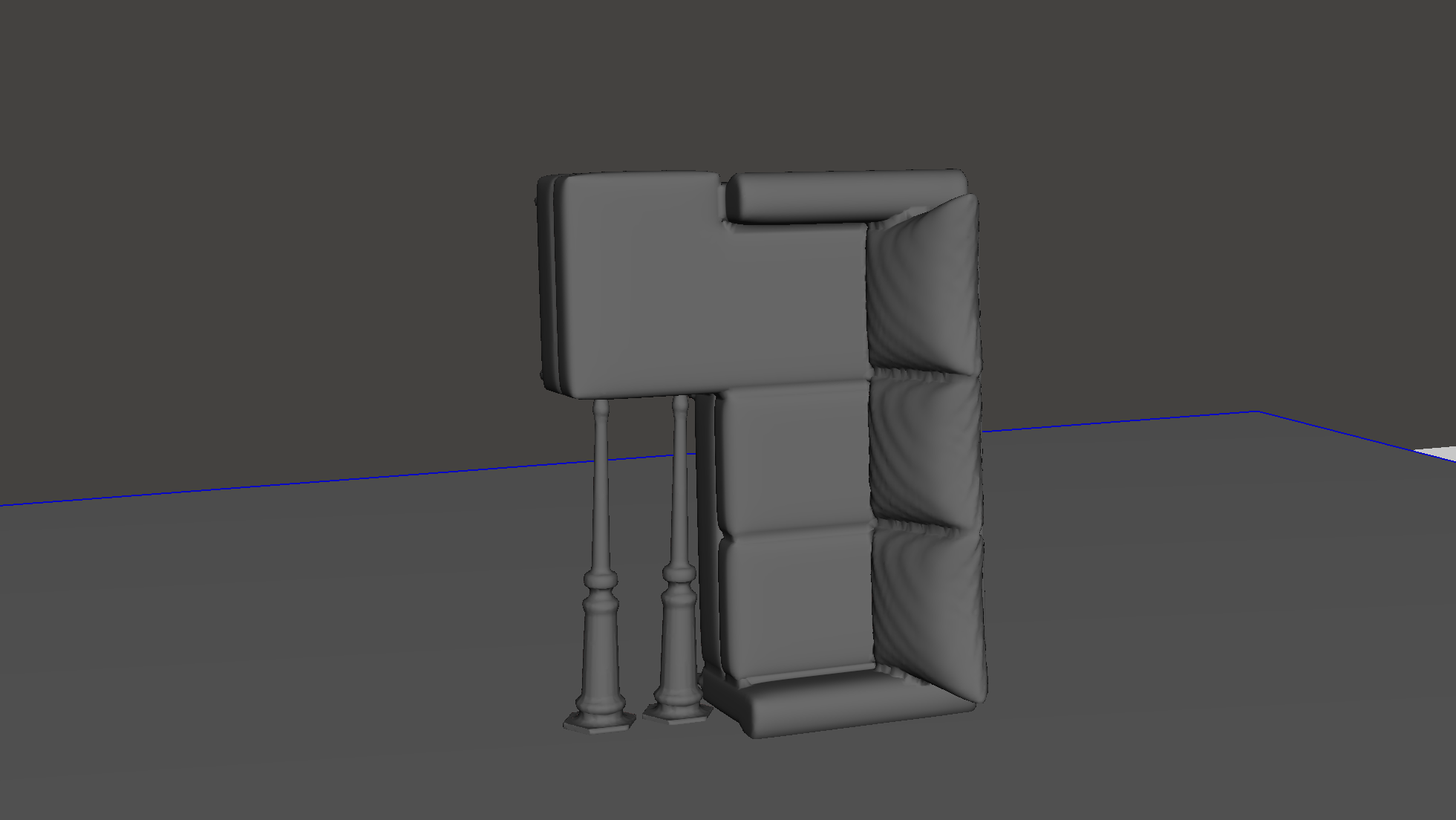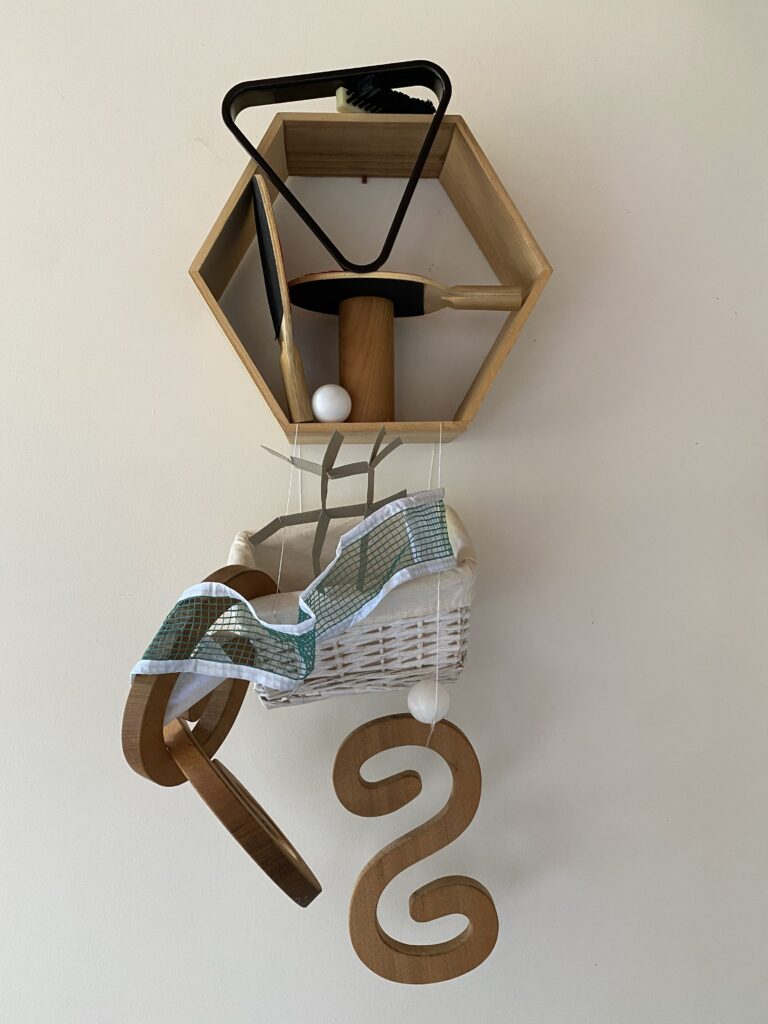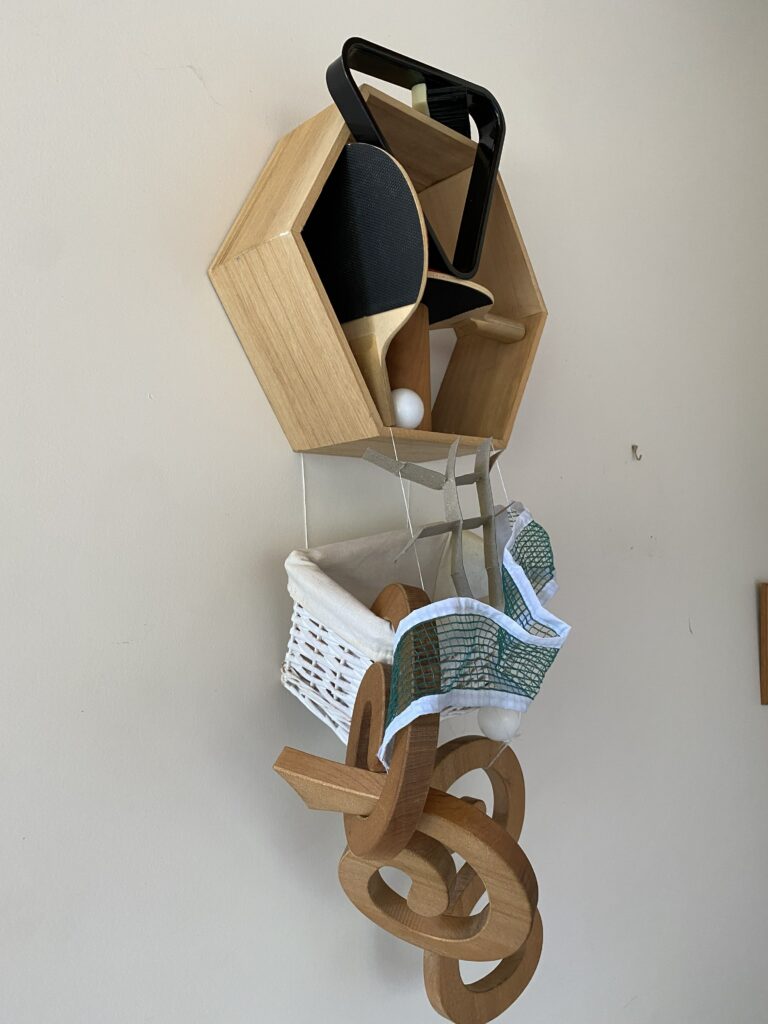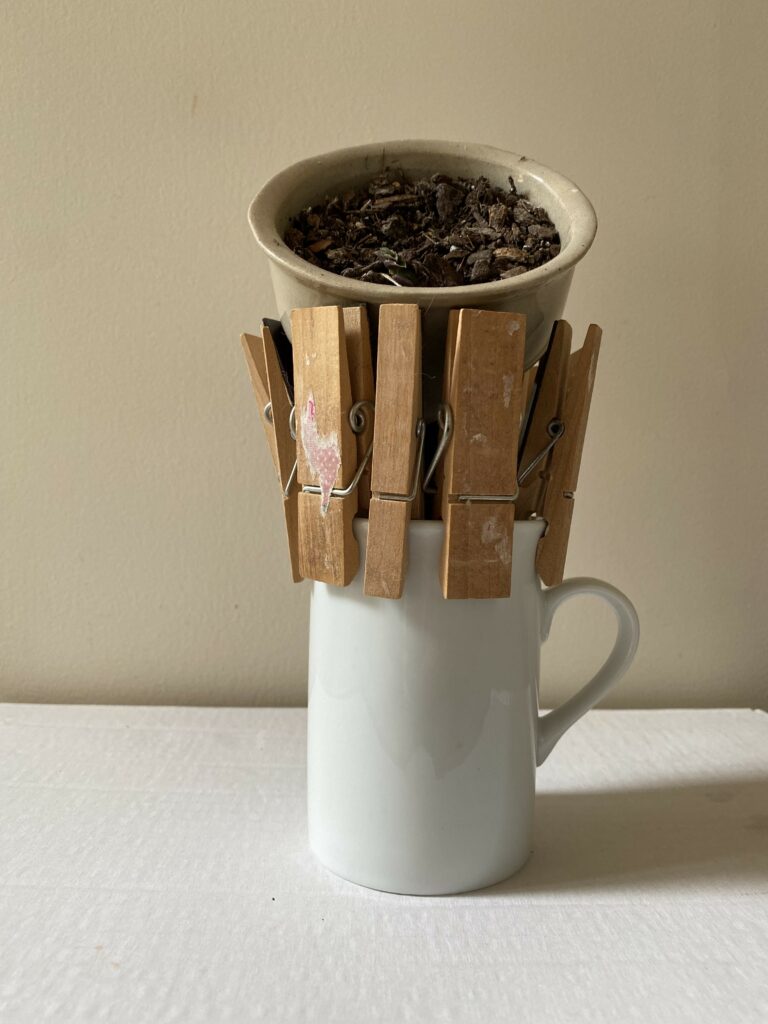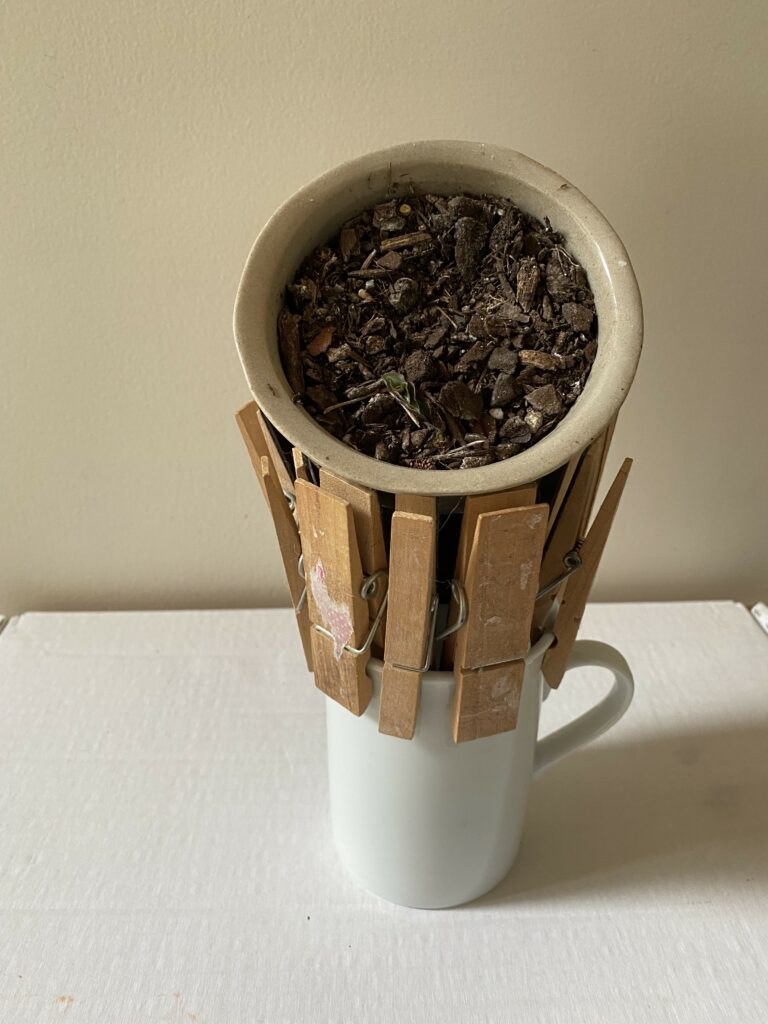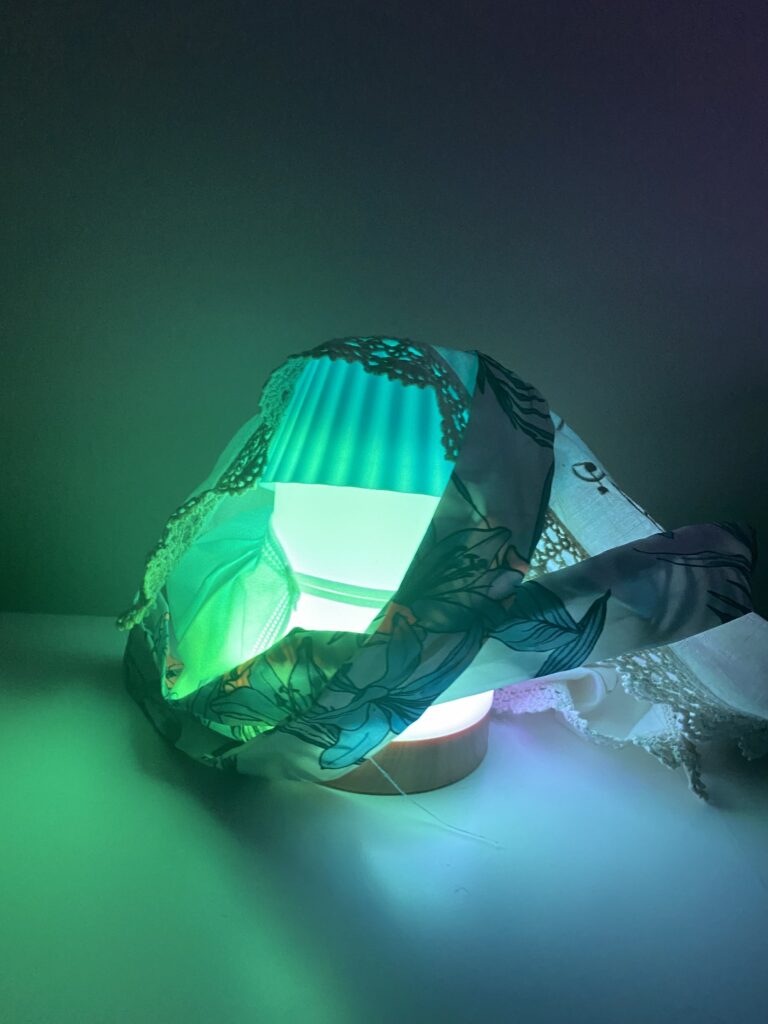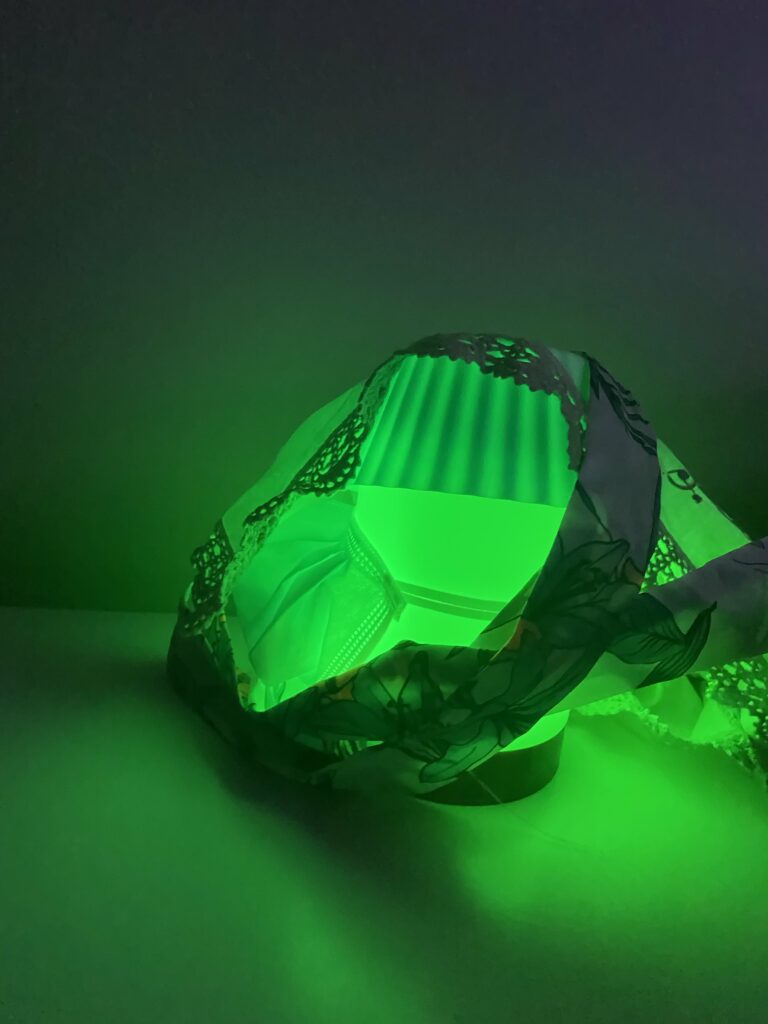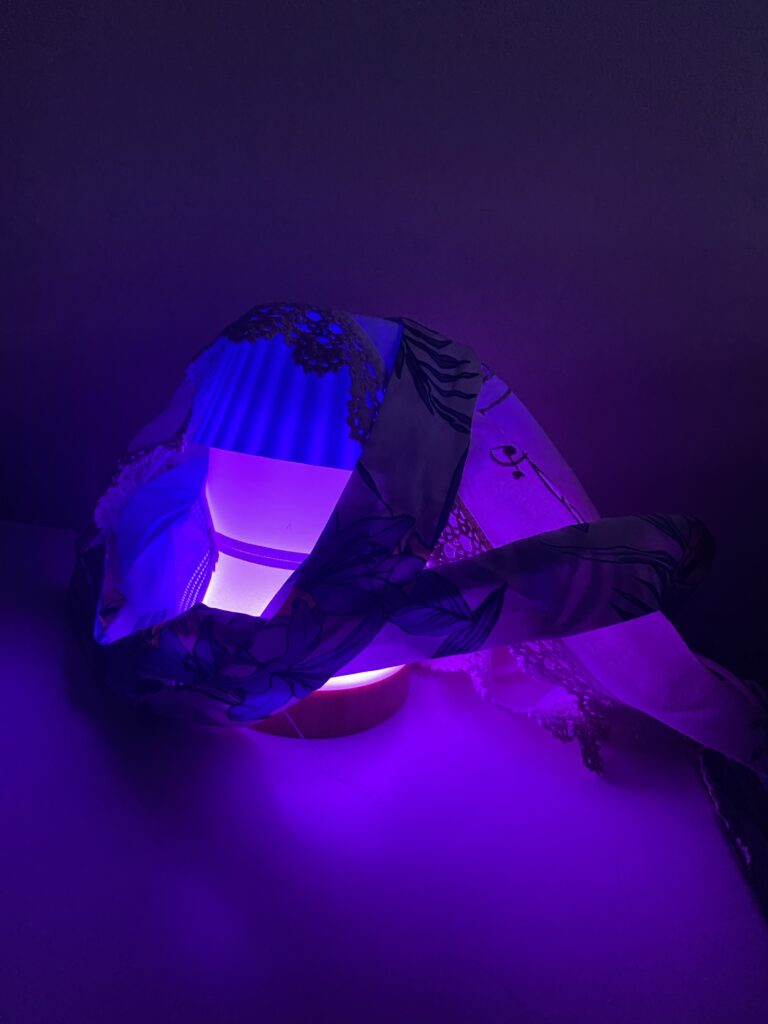For the full experience: Copy link below https://www.artsteps.com/view/61637993d4b28e99b0fec172/?
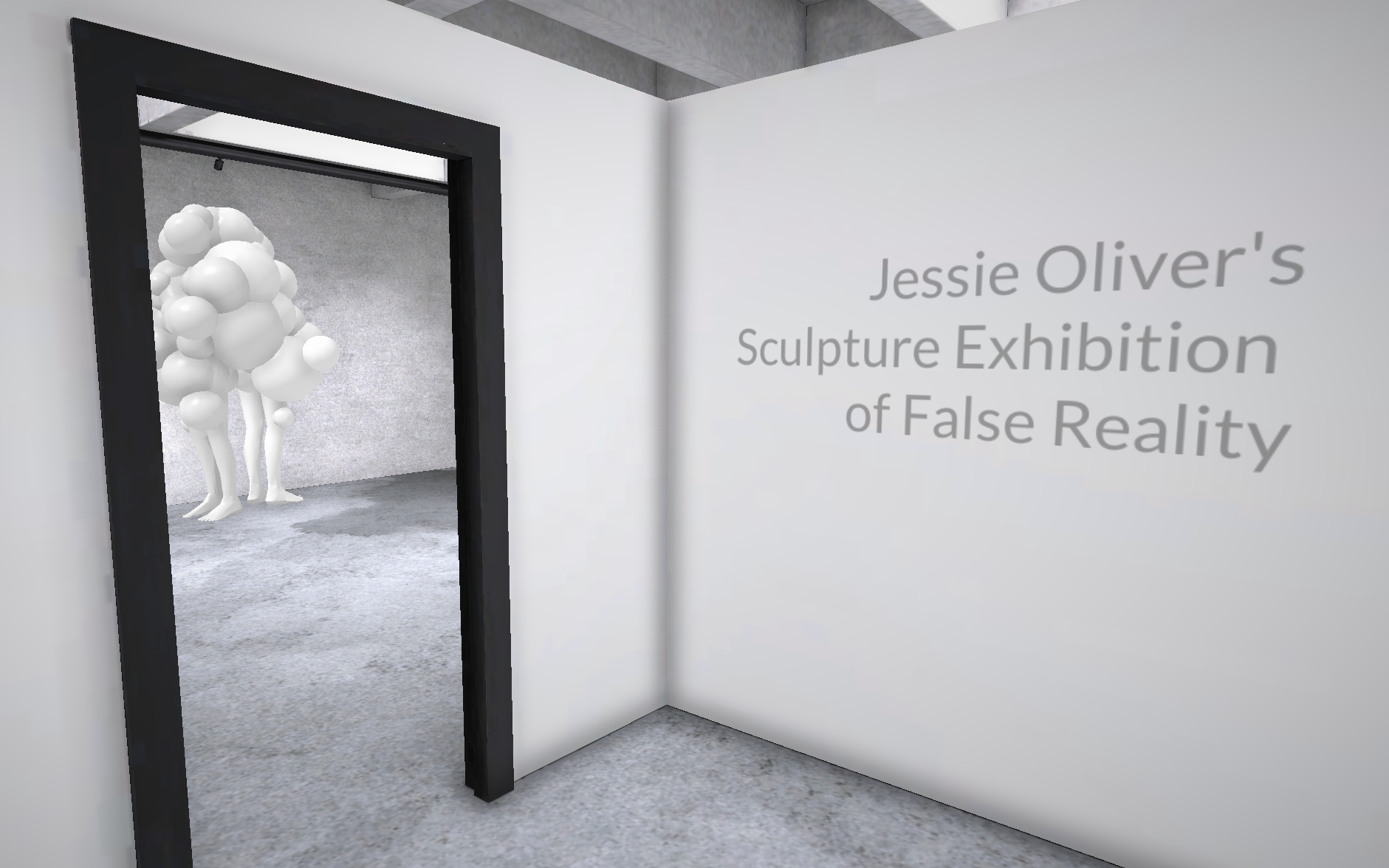
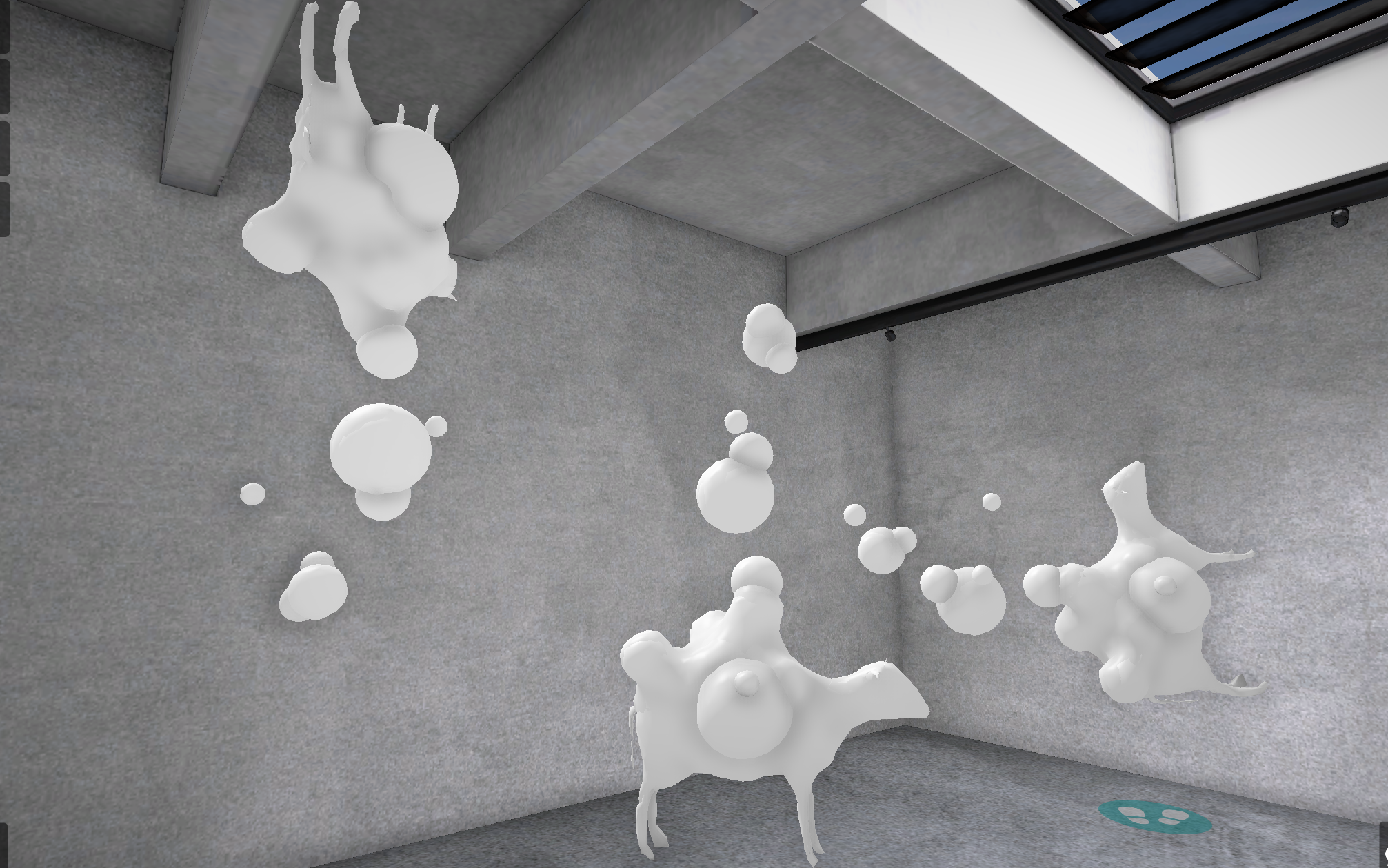
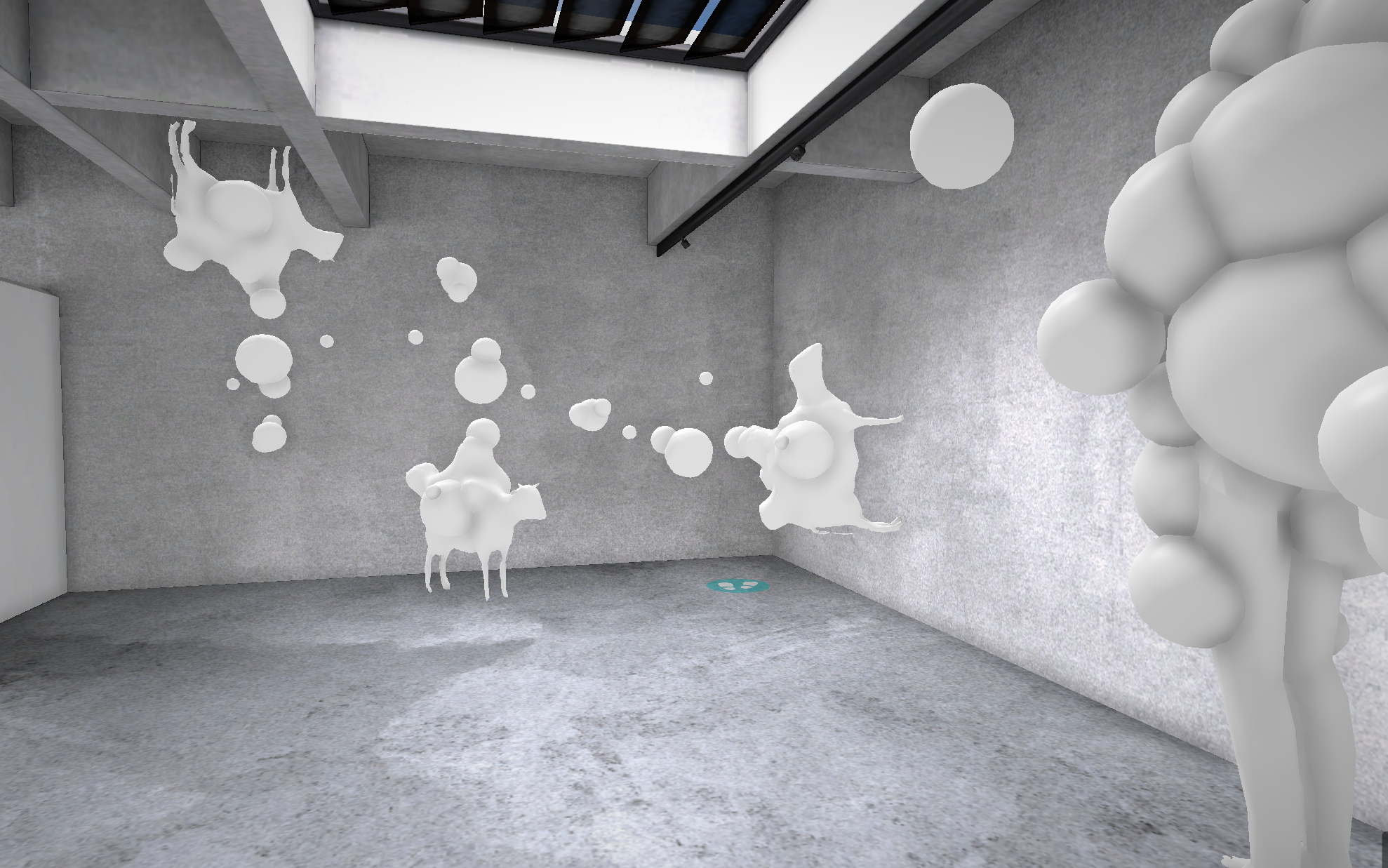
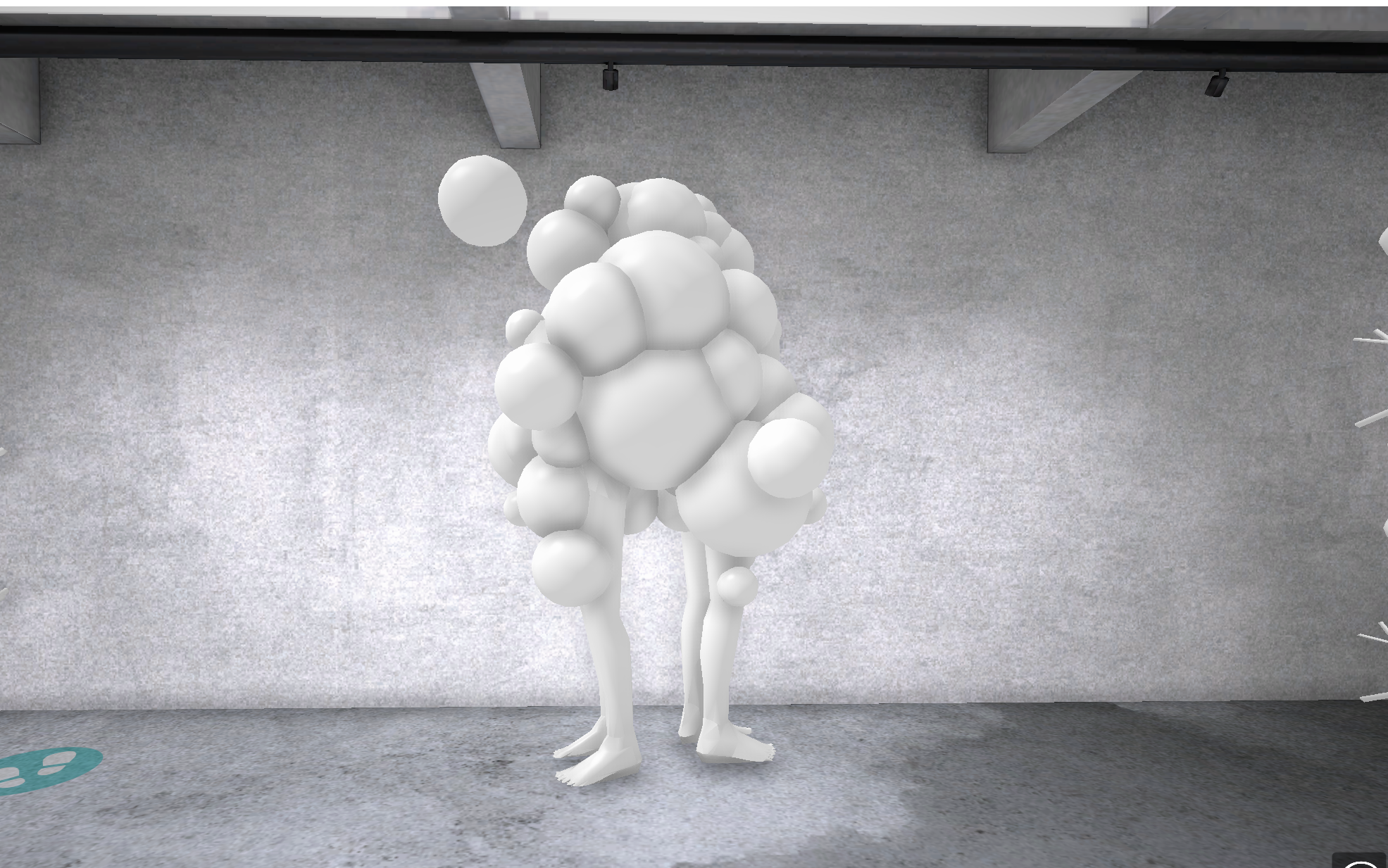
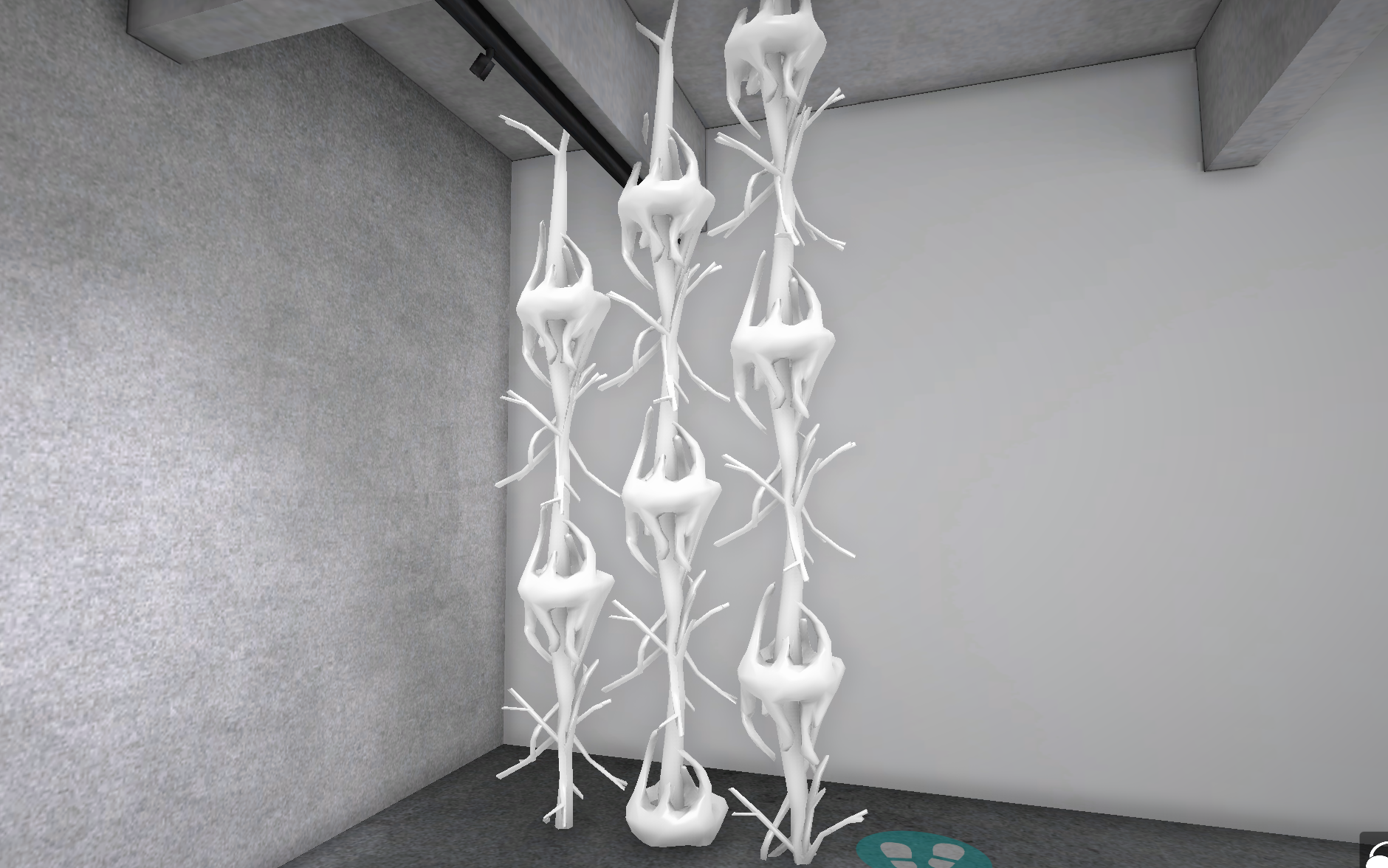
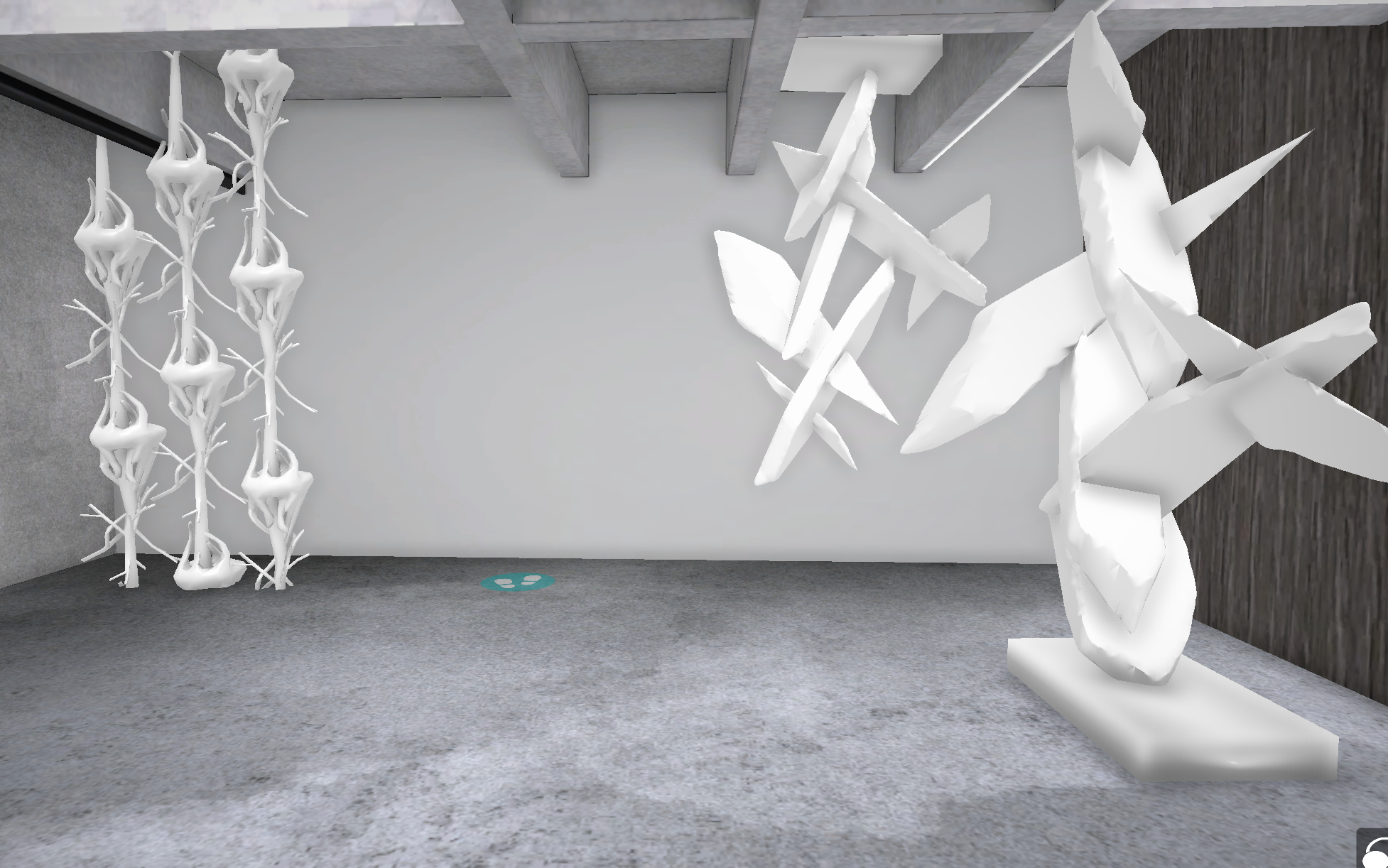
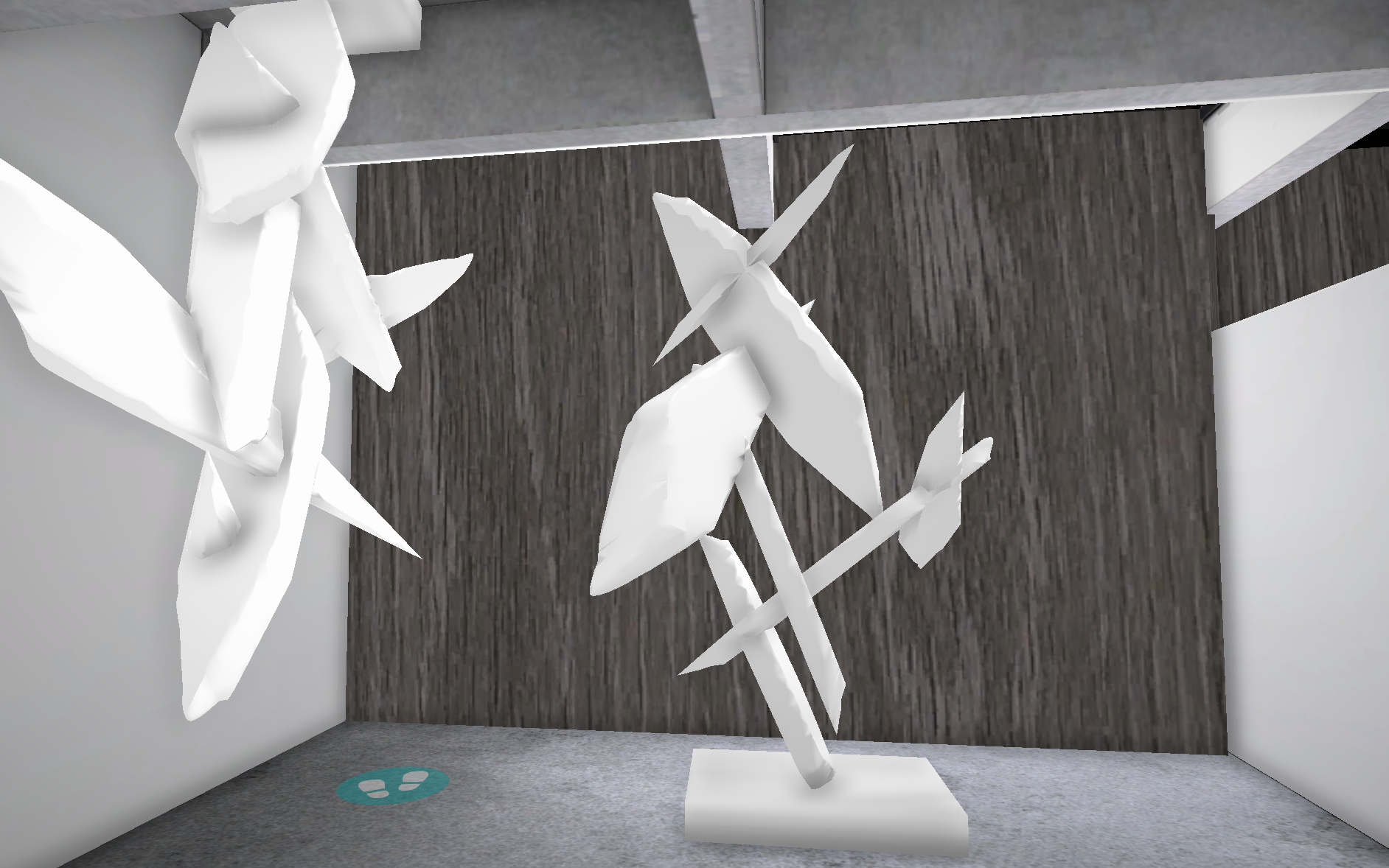
The False Reality of my works meaning is the environment it has created. My sculptures are in a gallery like display and presented like an installation to capture the feeling of surrealism.
My Reflection
After reflecting on this semesters final brief I was quite surprised on how far I had come. We were first introduced to Verisimilitude during lockdown having to to virtual online calls for the classes. This was a bit of a struggle due to the fact that we had very limited interactions with the lectures and students. Luckily our lectures were able to work around themes implications and we were allowed to proceed with verisimilitude. For me I did not enjoy virtual calls online, they made me very anxious and nervous most of the time. It had to be done as lockdown rules where not changing or looking hopeful.
When making my first couple of real sculptures I enjoyed the 1 minute task but was very lost on what to make for the next two tasks. I pondered a lot on them often overthinking before creating. This stunned me a lot as new ideas were a pretty tricky thing on my behalf at the time. I took in a lot of inspiration from other sculpture artist and caught up with other students progress. Blogs become extremely important because it helped me bounce off others ideas.
We had a very different transition of moving into digital sculpture. I first I would never image me creating sculptures in digital 3D. I have only created art hands on and in real life so it was very interesting to try out myself. This was extremely frustrating and it really tested my patience so I took regular breaks. Overtime I was able to overcome this and get a real good hang on the software and decided to carry it through to my final works. I did have a few last minute problems of the sculptures colouring and often having to reduce finer details. In the end I was really happy with the amount and the quality of my work. I did decide on focusing my work more as an installation to gathers peoples emotions, to create a weird atmosphere. I refined the gallery to make a condensed wacky environment and really enjoyed producing it.
Since the first lesson on verisimilitude I kept some of the simular ideas into my final works. I enjoyed the first task a lot and often rethought of them in another way. I am also glad that I did give Meshmixer and Artstep a real good go as I pushed my abilities and came a long way with it. Now that I have got the hang of meshmixer and the 3D digital element of sculpture I hope to use it once again with the new found knowledge. This brief have given me a lot of new opportunities to form new useful skill that I hope to use later on in the art world.

